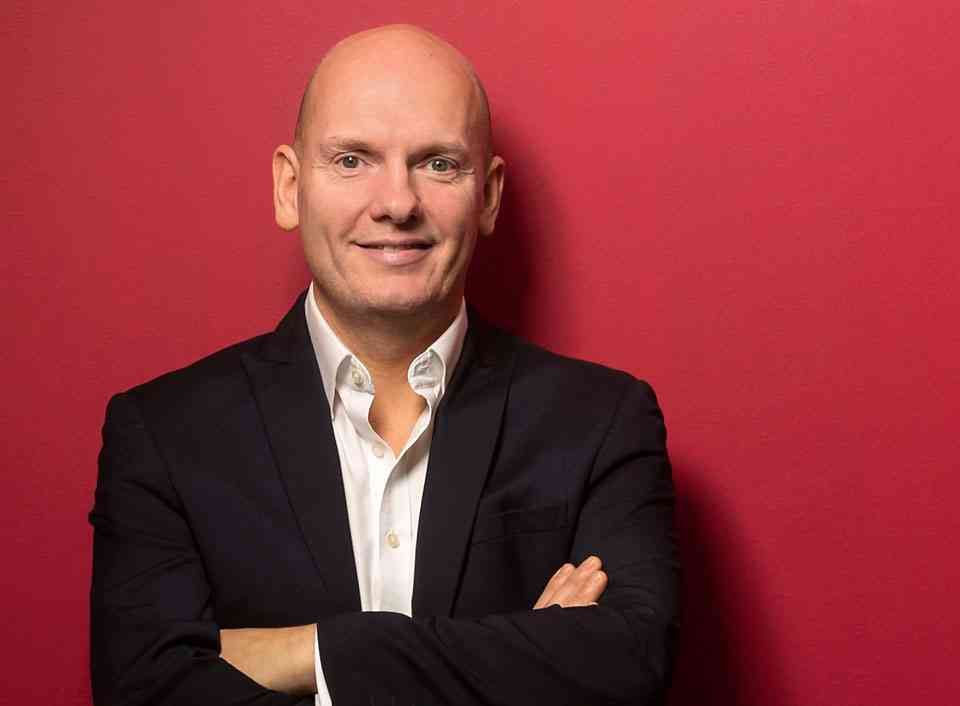How to shift your financial mindset for digital success

Organizations have built growth strategies on digitization and digital transformation for many years now. The term ‘digital transformation’ was originally created to describe how digital technology could ignite growth by disrupting the marketplace through the digitization of non-digital products.
During the pandemic, businesses prioritized digital transformation initiatives as teams transitioned fully to remote working and online transactions. Now, as we continue to reinvent how we do business and connect with each other, ‘digital transformation’ is still a buzzword.
Yet everywhere you look, every business now has some kind of digital footprint. Because of this, the term ‘digital transformation’ no longer seems relevant. Instead, we must talk about ‘digital evolution’ and adopt an evolutionary mindset.
Digital evolution is the continued adoption and refinement of new and emerging technologies to improve business efficiency, reduce costs, overtake competitors, and achieve better outcomes.
Changing your financial mindset
Unfortunately, it’s not as simple as merely saying that your organization has shifted to a new way of thinking and being around digital – you must make certain changes. Chief among these is a financial mindset.
The typical, traditional financial mindset for digital transformation is a significant upfront investment. However, the danger here is that money is spent quickly and easily with very little left over. Often, these types of projects run over budget and fail to deliver on key objectives, leaving stakeholders frustrated and leading to digital project failure.
Instead, digital evolution requires regular, sustained investment over a long-term period to achieve meaningful improvement. Some key factors for board directors and senior leaders to bear in mind include:
Prioritizing products over projects
Part of the shift to a financial mindset is reframing your thinking to consider smaller, regular product releases over larger, longer-term projects. With digital transformation, there’s a tendency to view a large capital investment to evolve digital capabilities as a one-and-done initiative, after which it’s time to press pause to reflect. Without regular refinement of your digital estate, you risk standing still against a tide of ongoing technological change.
By applying a financial mindset to digital evolution, you can shift your organization’s focus from larger, more costly digital initiatives to smaller, incremental product-driven improvements while still being mindful of budgetary concerns.
This has a number of benefits. Small-scale iterations of products force you to be lean, focusing spend on the maximum value for your customer or end-user. You also have the ability to pivot your product when needed, using data and analytics to continually measure the things that matter to your audience.
Recognizing lack of innovation as a financial risk
While expenditure on digital initiatives needs to be considered in careful terms of ROI, it helps to equally consider the financial risk of doing nothing. The technology industry is littered with examples of businesses that failed to innovate. Nokia’s Chief Executive’s infamous internal post to employees stated, ‘We are standing on a burning platform’ after the smartphone giant failed to compete with the superior software-focused solutions from Google’s Android and Apple’s iOS platforms, resulting in a loss of market dominance.
A lack of innovation can have serious financial consequences for your customer. End-user engagement with your offering – your customers and end-users may seek out competitor products and experiences that better meet their needs, resulting in churn. It may also be extremely damaging for your reputation and brand, as your audiences may hold and amplify a negative perception of your digital products, services, and experiences as outdated.
Flipping this situation on its head, consider the value attached to a positive customer/end-user experience in terms of satisfaction, positive outcomes, and driving of referrals. A product and UX review of the products and services of competitor or comparator organizations versus your own can be an effective yardstick, helping you identify capability gaps, productivity barriers, and financial risks.
Customer/End-User Value
When applying a financial mindset to digital products and services, it can be tempting to focus in on topics such as market awareness, market share, product/service attach rates per customer, licensing revenue versus overheads, customer segments, commercial risk, budgets, and profit.
While these are all crucial measures, it’s important to never lose sight of customer or end-user value. If your focus is on chasing profitability, you may be outpaced by competitors who are laser-focused on meeting their audience’s needs.
Consider, for example, how challenger banks and fintech startups such as Starling, Revolut and Monzo have disrupted the banking market with a focus on delivering intuitive mobile banking services and experiences that their customers want. This has left traditional banks scrambling to catch up.
Using KPI data to shape resourcing and rationalize spend
Your organization’s technology leaders are continually tasked with identifying best-fit technologies and platforms that help deliver value for their audiences and stakeholders while also driving cost savings, productivity and efficiency gains, and new capabilities. Applying a financial mindset alongside KPIs helps you know when to refocus digital spending on areas that will deliver the greatest benefit, competitive advantage, or audience value.
With the smaller investments of digital evolution, you can more readily course-correct based on your KPI data, diverting funding or resources to other products or services while limiting your financial exposure to underperforming ones.
By applying a financial mindset to digital evolution, as a board director, you can ensure greater agility and control over your organization’s digital products and services while reducing costs and mitigating the risks of industry change or disruption.
Written by Greig Johnston.
Have you read?
How to set up an effective investment committee.
Eight Tips for Optimizing Costs in IT Companies.
Frontline Workers Gain Remote Work Benefits in Tight Labor Market.
The Power of Storytelling: Enhancing Leadership Communication.
Harnessing Innovation: The Cornerstone of a Company’s Success.
Add CEOWORLD magazine to your Google News feed.
Follow CEOWORLD magazine headlines on: Google News, LinkedIn, Twitter, and Facebook.
This report/news/ranking/statistics has been prepared only for general guidance on matters of interest and does not constitute professional advice. You should not act upon the information contained in this publication without obtaining specific professional advice. No representation or warranty (express or implied) is given as to the accuracy or completeness of the information contained in this publication, and, to the extent permitted by law, CEOWORLD magazine does not accept or assume any liability, responsibility or duty of care for any consequences of you or anyone else acting, or refraining to act, in reliance on the information contained in this publication or for any decision based on it.
Copyright 2024 The CEOWORLD magazine. All rights reserved. This material (and any extract from it) must not be copied, redistributed or placed on any website, without CEOWORLD magazine' prior written consent. For media queries, please contact: info@ceoworld.biz
SUBSCRIBE NEWSLETTER








